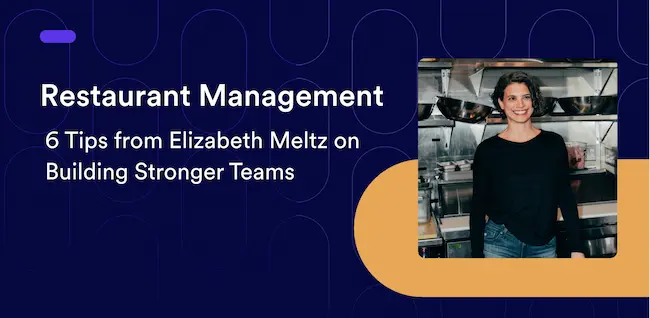Rory Macdonald has been recipe developing in New York City’s highly anticipated Tin Building on Pier 17 for months. The pastry chef is consulting for Jean-Georges Vongerichten’s 53,000-square-foot, three-floor food hall, which will open soon at the site of the historic Fulton Fish Market with eight restaurants, including a full bakery and patisserie.
The former Patisserie Chanson chef and author of “BAKE: Breads, Cakes, Croissants, Kouign Amanns, Macarons, Scones, Tarts,” consults for brands from San Francisco to Cape Town to Hong Kong, where he developed this spring menu item for The Upper House hotel.
The Dish: Black Forest Mousse with Griotte Cherry and Sour Cherry Sorbet

This is a take on a classic dessert: black forest, and chocolate and cherry is one of my favorite flavor combinations. This is normally served as a large cake. I wanted to try and elevate it, make it into a single serving and be true to its roots but add some surprise also.
The recipe has six components: white chocolate namelaka, sour cherry inserts, cherry chocolate mousse, chocolate almond glaze and the sour cherry sorbet.
A Griotte cherry is a wild, dark red cherry that’s picked, pitted and then macerated in liqueur. For me, it works well for a black forest as it normally has kirsch alcohol in it, but these cherries also have some sourness which stops them from being too sweet for the dessert.
Namelaka is similar to a very light ganache or cremeux but has a lower chocolate ratio and is set with gelatin. After it sets you can whip up to get a lightness similar to chantilly cream but have more flavor and it’s also stable, so it will hold in a display case.
I always see you using the Pacojet and silicone molds, are those your favorite tools?
Yes, I think the Pacojet is my favorite piece of equipment — I only wish the beaker were larger so I didn’t need to have so many. In terms of silicone molds, I tend to stick with the regular shapes: half spheres, rectangles, etc. and try to manipulate them in other ways. I’m not a fan of the really detailed silicone molds because I don’t feel you can keep using those for other dishes without them looking the same.

What inspires your recipe development?
In general, I look at seasonality first, but I love classic desserts so if it’s not something new I try and use that as a platform to build on. Respect the old, embrace the new.
Seasonality can be challenging when creating recipes for clients who have different seasons. I create a mock menu that’s balanced (not too many chocolate desserts, has vegan or gluten free items, etc.), and once I have those parameters I flush out a few ideas for each category and then start to test until I get it right.
For this one, it was cherry season in HK, but supply was a challenge and the price was insane so I decided to go with the Griotte. From there I needed a chocolate, so a take on a black forest made sense, and then I test different variations, playing with textures and presentations. I like to present classic favor combinations in a more surprising way.

How do you test and iterate?
Trial and error until I get it right. I can write a menu that sounds great, but until I’ve tasted it, it’s just words. And normally my original idea that sounded great on paper doesn’t quite work, but I can take something from that and progress until we get to the finished product. Sometimes that’s a few hours, sometimes a few days or weeks.
Originally, this dish was a cube, but it didn’t eat very well and looked a little boring. Also, the first edit didn’t have as much texture, so I dipped it in the chocolate and almond glaze which gives it a nice crunch against the creaminess of the mousse.
I always try to take into consideration the logistics of a dish. You can make one look amazing for a photo shoot, but could you make 200? My recommendation is to always keep that in the back of your mind. This dish, for example, can be 90% frozen and finished with the namelaka which will hold in the fridge, so it’s a lot of prep work before service, but it’s very easy to plate, and you have time before service to make each one perfect.
How would you describe your style as a chef, and how do you tailor your recipes for different clients as a consultant?
I’m not sure I have one style — I am classically trained so I always use that as my platform, but I always want to learn more and get bored quickly, so I think my style can change. In terms of consultancy, for me the key is flexibility. Food is so subjective — it’s not just good or bad — so what I could find boring or mundane could be exactly what the client wants. It’s taken a bit of time working with different people to understand their needs and translate that into a menu.
Follow Chef Rory's work on Instagram and purchase his cookbook BAKE here.
Learn more about developing your recipes in meez.
Book a demo or try it yourself for free.



.webp)
